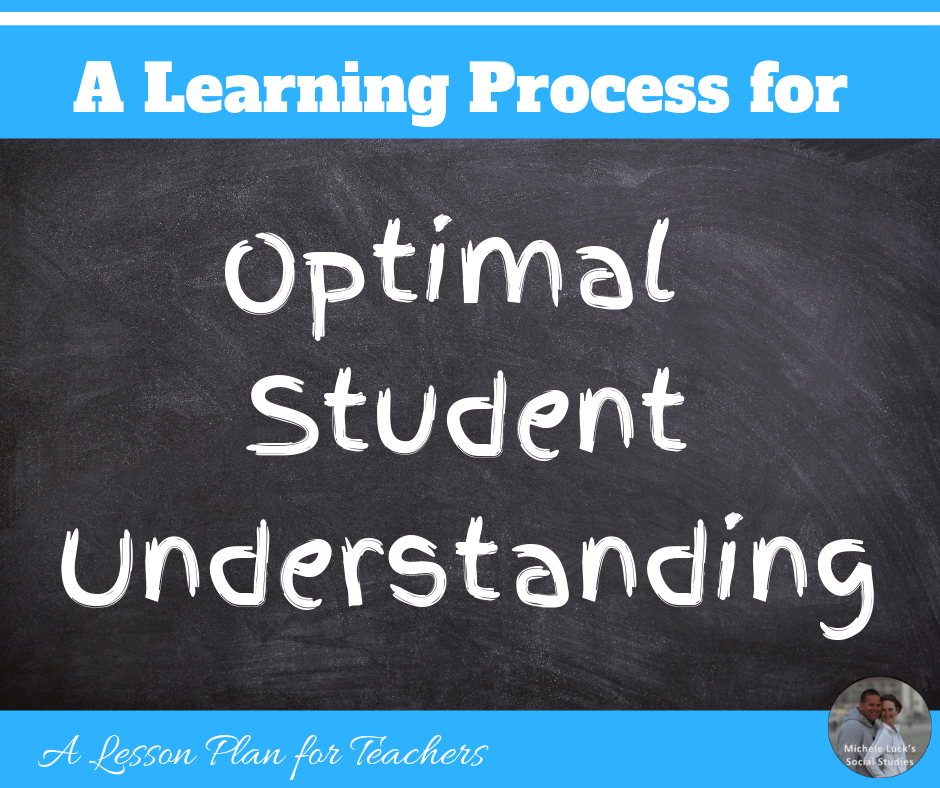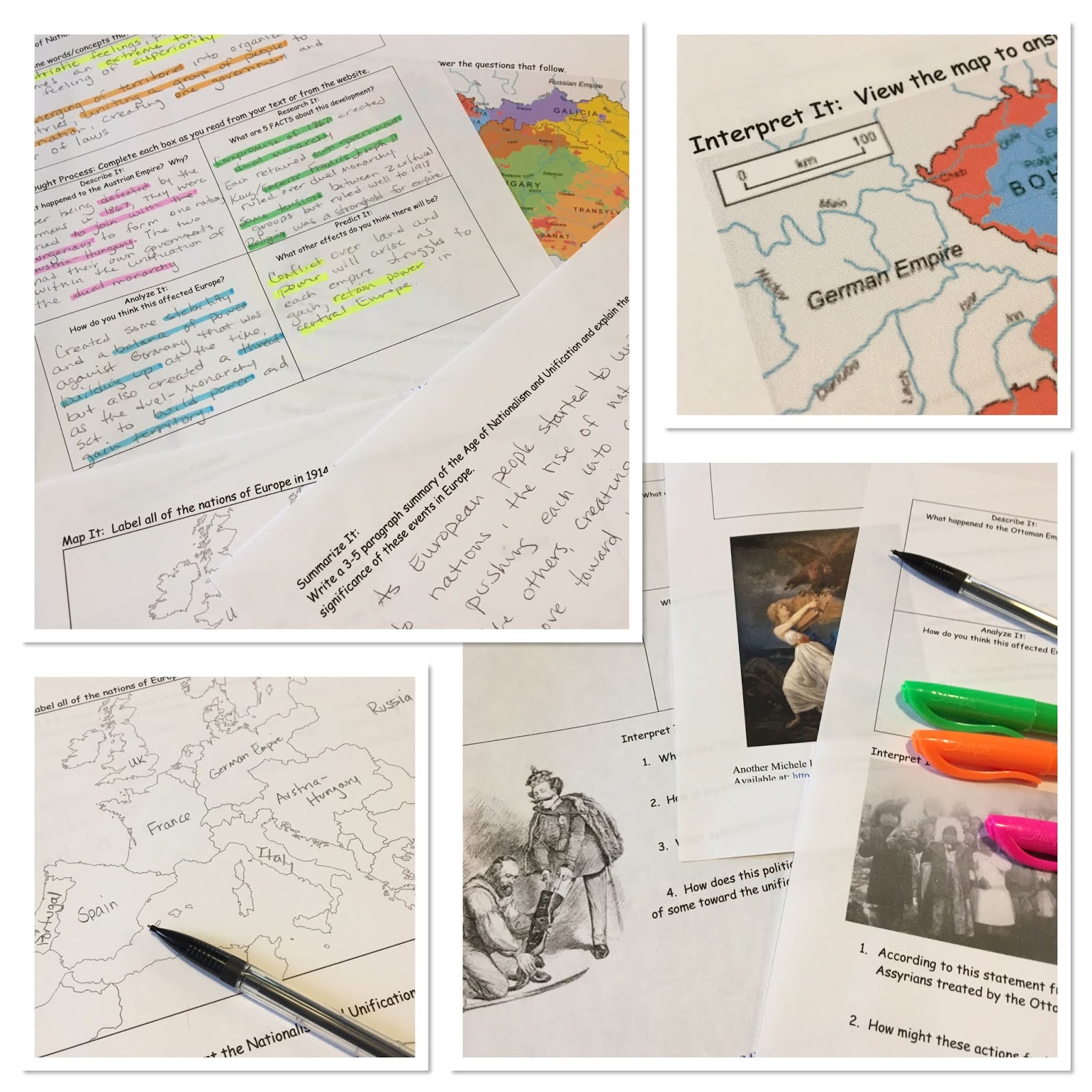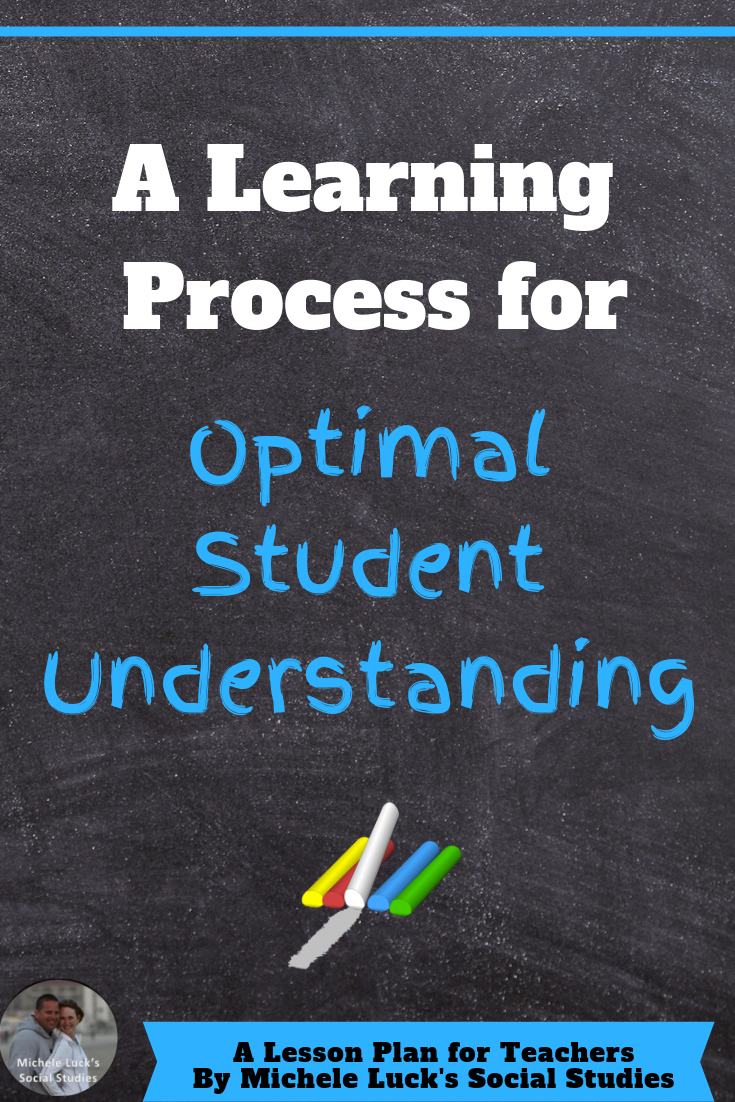If you’ve been to a Professional Development course anytime in the last decade or so, you’ve likely heard the terms “multiple intelligences” and “differentiated learning” a couple dozen times. While it may seem overwhelming to apply these “up-and-coming” principles to your already existent lesson plans and teaching strategies, optimizing student understanding in your classroom doesn’t have to be an overhaul. Instead, by simply integrating a few core ideas into your lesson plans, your middle school and high school students will reap the benefits by finding a learning process that works best for them.

Though the science of learning changes often, the underlying concepts normally stay the same. Teaching your students to describe, research, analyze, predict, interpret, map, and summarize allows them to dabble in many different learning styles, and you’ll reach different students with each step. By providing a generalized, overall learning process for optimal student understanding, you can prepare your students not only for your course and your tests, but for future educational endeavors. This process can be applied in many different lesson plans, and after ingraining these easy steps into the minds of your students, learning through multiple intelligences and differentiated learning techniques will become second nature.
>>> <<<
Seamlessly integrate this basic 7-step learning process for
optimal student understanding in your lesson plans!

<<<<<<<<<<<<<<<<<<<<<<<<< STEP 1 >>>>>>>>>>>>>>>>>>>>>>>>>
> PRE-READ <
Have students pre-read to define vocabulary and concepts for a topic of study.
<<<<<<<<<<<<<<<<<<<<<<<<< STEP 2 >>>>>>>>>>>>>>>>>>>>>>>>>
The FOUR THOUGHT PROCESS asks students to follow four easy steps to proceed.
> DESCRIBE IT <
> RESEARCH IT <
> ANALYZE IT <
> PREDICT IT <
<<<<<<<<<<<<<<<<<<<<<<<<< STEP 3 >>>>>>>>>>>>>>>>>>>>>>>>>
> INTERPRET IT <
Allow students to apply their new knowledge by using interpretation skills.
<<<<<<<<<<<<<<<<<<<<<<<<< STEP 4 >>>>>>>>>>>>>>>>>>>>>>>>>
Multiple topics can be covered to expand learning and allow for comparison between topics.
In the pictured Nationalism and Unification Activity packet,
you’d have students compare and contrast different countries.
<<<<<<<<<<<<<<<<<<<<<<<<< STEP 5 >>>>>>>>>>>>>>>>>>>>>>>>>
> MAP IT <
Helps students visualize information in a different way.
<<<<<<<<<<<<<<<<<<<<<<<<< STEP 6 >>>>>>>>>>>>>>>>>>>>>>>>>
> ILLUSTRATE IT <
Steps 5 and 6 provide the opportunity for your visual learners
to process information more effectively.
<<<<<<<<<<<<<<<<<<<<<<<<< STEP 7 >>>>>>>>>>>>>>>>>>>>>>>>>
> SUMMARIZE IT <
Serves as a wrap up assignment or assessment of student understanding.
>>> <<<

By sliding these 7 easy steps into your lesson plans, your differentiated learners are sure to embrace the learning style that best fits them. Appealing to different multiple intelligences doesn’t have to be overwhelming, stressful, or difficult. Instead, by using a simple strategy like this learning process for optimal student learning, you can forge through your lessons, ensuring that you reach every student to the best of your abilities. Doing so will not only be more rewarding in your role as a teacher, but you’ll likely see pride reflected in the eyes of your students, too.
Happy Teaching!
